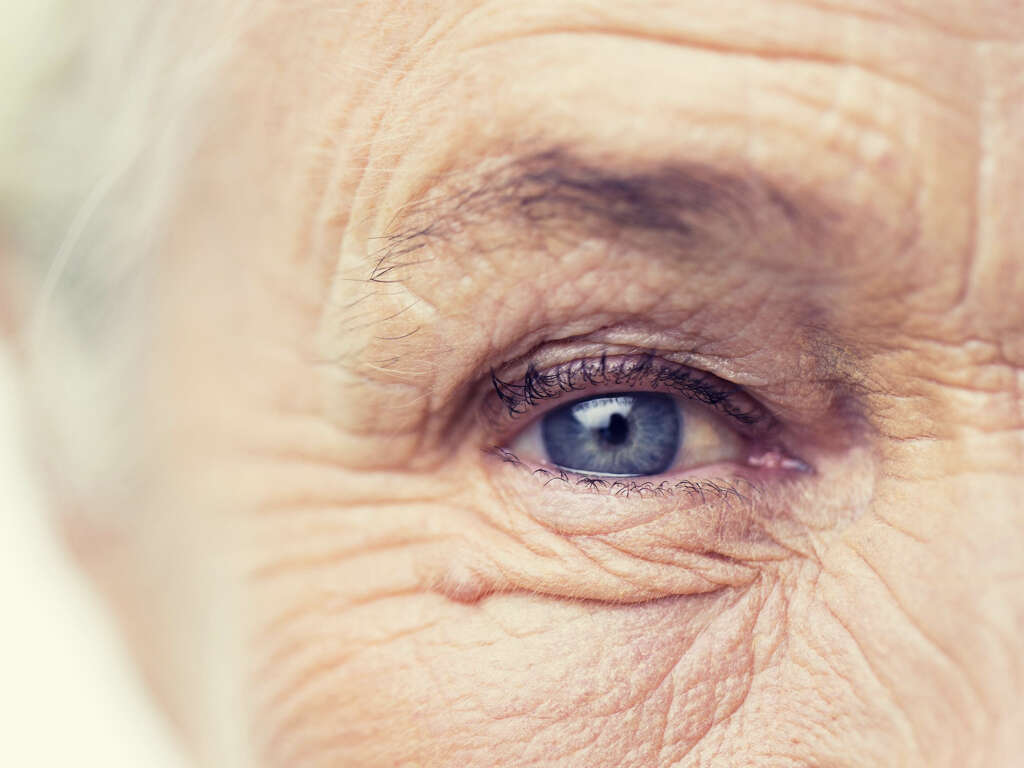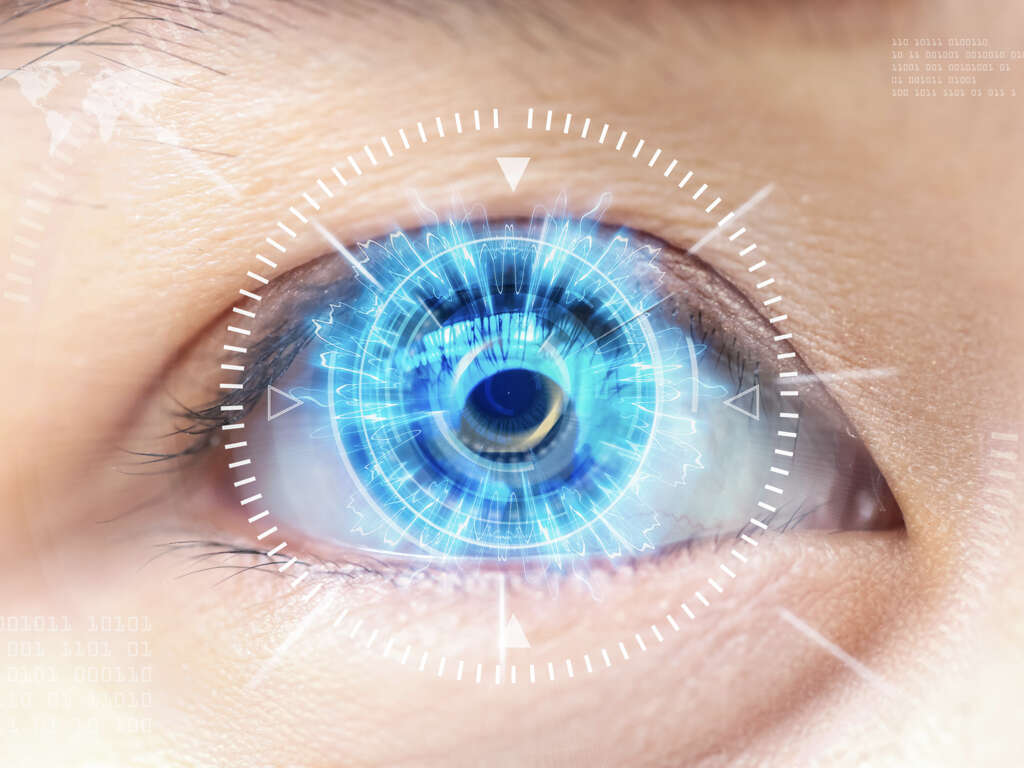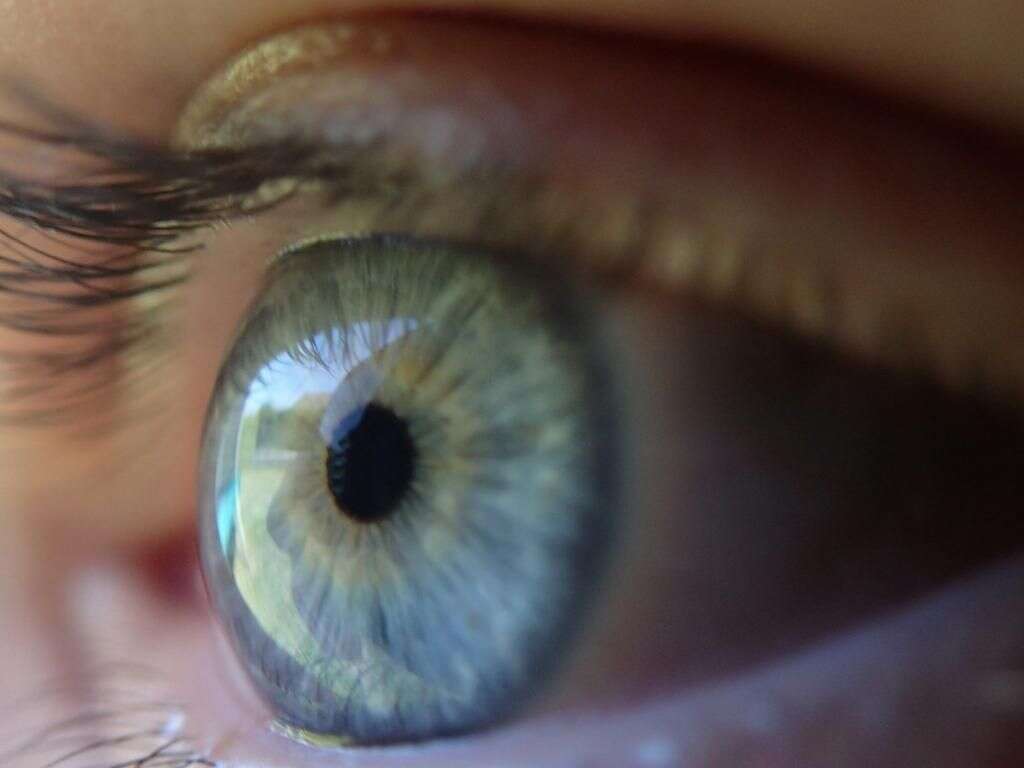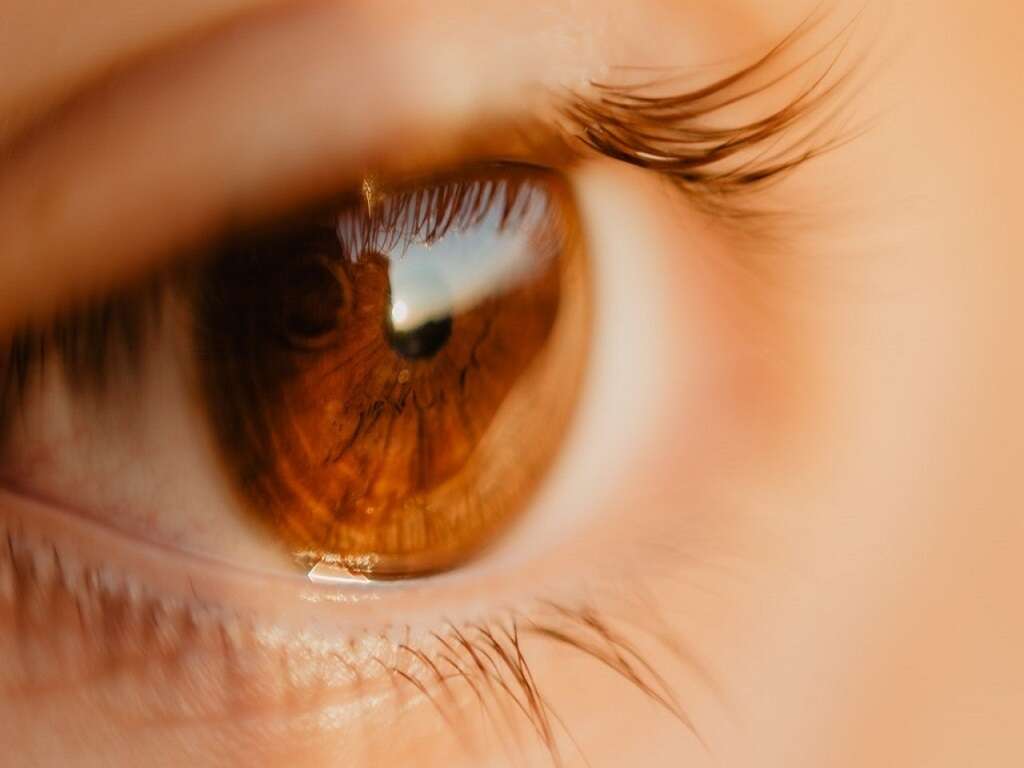What Causes Cataracts?
 Article Sources
Article Sources
- 1. 'Cataract.' _Cataract | Kellogg Eye Center | Michigan Medicine_, www.umkelloggeye.org/conditions-treatments/cataract.
- 2. 'Cataracts: What They Are, Causes, Symptoms, Surgery, Recovery Time.' _Cleveland Clinic_, my.clevelandclinic.org/health/diseases/8589-cataracts.
- 3. 'Cataract.' _AOA.org_, www.aoa.org/healthy-eyes/eye-and-vision-conditions/cataract'sso=y.
- 4. 'Childhood Cataracts.' _NHS Choices_, NHS, www.nhs.uk/conditions/childhood-cataracts/causes/.
- 5. 'Sunglasses: Protection from UV Eye Damage.' _American Academy of Ophthalmology_, 28 Feb. 2018, www.aao.org/eye-health/glasses-contacts/sunglasses-3.
- 6. 'Cataracts.' _Johns Hopkins Medicine_, www.hopkinsmedicine.org/health/conditions-and-diseases/cataracts.
- 7. 'Eye Injury: Symptoms, Treatment, Causes.' _Cleveland Clinic_, my.clevelandclinic.org/health/diseases/16988-eye-injuries.
- 8. Do, Diana V, et al. 'Surgery for Post-Vitrectomy Cataract.' _The Cochrane Database of Systematic Reviews_, U.S. National Library of Medicine, 19 Dec. 2013, www.ncbi.nlm.nih.gov/pmc/articles/PMC4258709/.
- 9. 'Radiation Protection of Patients with Cataract.' _IAEA_, IAEA, 27 July 2017, www.iaea.org/resources/rpop/health-professionals/radiology/cataract/patients#3.
- 10. 'Radiation Protection of Medical Staff from Cataract.' _IAEA_, IAEA, 28 July 2017, www.iaea.org/resources/rpop/health-professionals/radiology/cataract/staff#11.
- 11. 'Diet and Nutrition.' _AOA.org_, www.aoa.org/healthy-eyes/caring-for-your-eyes/diet-and-nutrition'sso=y.
A cataract occurs when proteins in the lens of the eye begin to break down and clump together. The lens may stiffen and become thicker and more opaque. This results in the lens losing its ability to send a clear image to the retina, eventually causing vision changes.
Symptoms may include reduced clarity of vision, increased sensitivity to light, the appearance of halos and glare and reduced vibrancy of colors. These visual effects often appear slowly as people grow older, but they may develop due to external factors, such as disease, injury and environmental exposures. Cataracts may also be present at birth.1‘Cataract.’ Cataract | Kellogg Eye Center | Michigan Medicine, www.umkelloggeye.org/conditions-treatments/cataract.

1. Age-Related Cataracts
The vast majority of cataracts occur as a natural part of aging. They often develop slowly and may not affect vision immediately. More than 90 percent of people have cataracts by the time they turn 65, and about half of those between ages 75 and 80 sustain some vision loss due to cataracts.1‘Cataract.’ Cataract | Kellogg Eye Center | Michigan Medicine, www.umkelloggeye.org/conditions-treatments/cataract.
Age-related cataracts may develop in one or both eyes. If they affect both eyes, the cataracts may progress at different rates, and the cataract in one eye may cause more visual issues than the cataract in the other eye.2‘Cataracts: What They Are, Causes, Symptoms, Surgery, Recovery Time.’ Cleveland Clinic, my.clevelandclinic.org/health/diseases/8589-cataracts.

2. Genetic Factors
Family history plays a role in determining if a person develops cataracts. Cataracts are more likely to affect those whose parents, siblings or other relatives have had cataracts.3‘Cataract.’ AOA.org, www.aoa.org/healthy-eyes/eye-and-vision-conditions/cataract’sso=y.
Although cataracts primarily affect older people, babies may be born with cataracts when they receive faulty genes from their parents. Babies with these faulty genes may also develop cataracts during their first year of life. In addition, children with chromosomal abnormalities, such as Down syndrome, may be prone to developing cataracts.4‘Childhood Cataracts.’ NHS Choices, NHS, www.nhs.uk/conditions/childhood-cataracts/causes/.

3. Medical Conditions
Sometimes cataracts are more likely to develop when a person has an existing medical condition, such as diabetes. Obesity is another risk factor related to the development of cataracts.1‘Cataract.’ Cataract | Kellogg Eye Center | Michigan Medicine, www.umkelloggeye.org/conditions-treatments/cataract.
Cataracts may appear in people with galactosemia, an inability to break down the sugar galactose. Toxocariasis, a parasitic infection acquired via exposure to animal feces, may lead to cataracts. During pregnancy, if a woman contracts infections, such as toxoplasmosis, rubella, chicken pox, herpes simplex and cytomegalovirus (CMV), the baby may be born with cataracts.4‘Childhood Cataracts.’ NHS Choices, NHS, www.nhs.uk/conditions/childhood-cataracts/causes/.

4. Sun Exposure
People who spend an excessive amount of time in the sun without proper eye protection may develop cataracts. Ultraviolet rays emitted by the sun and by artificial sources can cause eye damage that leads to cataracts.
To protect eyes from damaging ultraviolet rays, ophthalmologists recommend wearing brimmed hats and sunglasses that absorb 99 to 100% of ultraviolet radiation. Taking these precautions is important during the summer as well as when participating in winter sports and when taking medications that increase the eyes’ sensitivity to light.5‘Sunglasses: Protection from UV Eye Damage.’ American Academy of Ophthalmology, 28 Feb. 2018, www.aao.org/eye-health/glasses-contacts/sunglasses-3.

5. Medications
Using certain medications may increase a person’s risk of developing cataracts. Corticosteroids are one culprit. These medications may be prescribed to treat rashes and control symptoms related to arthritis and lupus.2‘Cataracts: What They Are, Causes, Symptoms, Surgery, Recovery Time.’ Cleveland Clinic, my.clevelandclinic.org/health/diseases/8589-cataracts.
Taking certain diuretics (water pills) may also make cataract development more likely.6‘Cataracts.’ Johns Hopkins Medicine, www.hopkinsmedicine.org/health/conditions-and-diseases/cataracts. Phenothiazine drugs, such as chlorpromazine, used to control symptoms of schizophrenia and bipolar disorder as well as symptoms such as nausea and vomiting, have also been linked to the development of cataracts.2‘Cataracts: What They Are, Causes, Symptoms, Surgery, Recovery Time.’ Cleveland Clinic, my.clevelandclinic.org/health/diseases/8589-cataracts.

6. Eye Surgery or Trauma
Previous inflammation or trauma to the eyes is a risk factor for the development of cataracts. Impacts to the eye, burns, foreign objects in the eye and corneal abrasions are examples of injuries that may cause damage that leads to cataracts.7‘Eye Injury: Symptoms, Treatment, Causes.’ Cleveland Clinic, my.clevelandclinic.org/health/diseases/16988-eye-injuries.
Certain eye surgeries may increase the likelihood of cataracts developing. A vitrectomy, which is removal of the vitreous body from the eye in an effort to correct issues in the back of the eye, is one such procedure.8Do, Diana V, et al. ‘Surgery for Post-Vitrectomy Cataract.’ The Cochrane Database of Systematic Reviews, U.S. National Library of Medicine, 19 Dec. 2013, www.ncbi.nlm.nih.gov/pmc/articles/PMC4258709/.

7. Radiation
Exposure to radiation can lead to the development of cataracts over time, especially for patients with head and neck conditions requiring repeated CT scans. Technicians administering tests and treatments involving radiation may also be at increased risk of developing cataracts.
To minimize the risk of cataract development due to radiation exposure, patients should receive as few radiological tests and procedures as possible. Technicians can keep their cataract risks lower by using protective gear and strategic personal positioning in relation to equipment and patients.9‘Radiation Protection of Patients with Cataract.’ IAEA, IAEA, 27 July 2017, www.iaea.org/resources/rpop/health-professionals/radiology/cataract/patients#3.,10‘Radiation Protection of Medical Staff from Cataract.’ IAEA, IAEA, 28 July 2017, www.iaea.org/resources/rpop/health-professionals/radiology/cataract/staff#11.
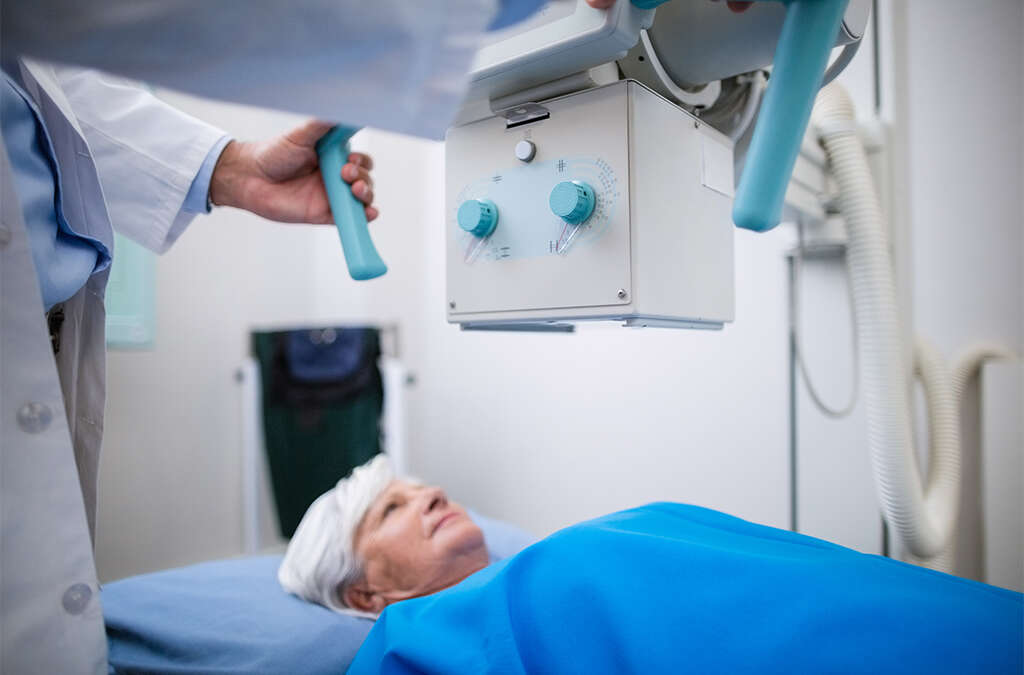
8. Lifestyle Factors
Studies suggest various lifestyle issues have an impact on cataract development. Those who live at high altitudes may be more prone to experiencing cataracts.6‘Cataracts.’ Johns Hopkins Medicine, www.hopkinsmedicine.org/health/conditions-and-diseases/cataracts. Obesity also appears to be a risk factor for developing cataracts.1‘Cataract.’ Cataract | Kellogg Eye Center | Michigan Medicine, www.umkelloggeye.org/conditions-treatments/cataract.
Studies indicate a correlation between smoking and a higher incidence of cataract development. Research also suggests that people who consume higher levels of alcohol are more likely to develop cataracts than those who drink little or no alcohol.3‘Cataract.’ AOA.org, www.aoa.org/healthy-eyes/eye-and-vision-conditions/cataract’sso=y.

9. Low Antioxidant Levels
People who have low antioxidant intake levels are more likely to develop cataracts than those who consume more antioxidants. Consuming less than 250 milligrams of vitamin C and 100 international units of vitamin E daily may increase the chance that cataracts occur and progress.
Almonds, sunflower seeds and nut butters are good sources of vitamin E, while oranges, grapefruits, cantaloupes and green peppers contain high levels of vitamin C. Including foods rich in antioxidants in the diet may help keep cataracts at bay.

10. Deficiencies of Lutein and Zeaxanthin
Evidence suggests that people who have low intake levels of the carotenoids lutein and zeaxanthin are at greater risk of developing cataracts than those with higher intake levels of those nutrients. One study indicated that people who consume at least 6.9 milligrams of lutein and zeaxanthin daily have a reduced need for cataract surgery.
Leafy green vegetables are a good source of lutein and zeaxanthin. These include kale, collard greens, spinach and broccoli.11‘Diet and Nutrition.’ AOA.org, www.aoa.org/healthy-eyes/caring-for-your-eyes/diet-and-nutrition’sso=y.



